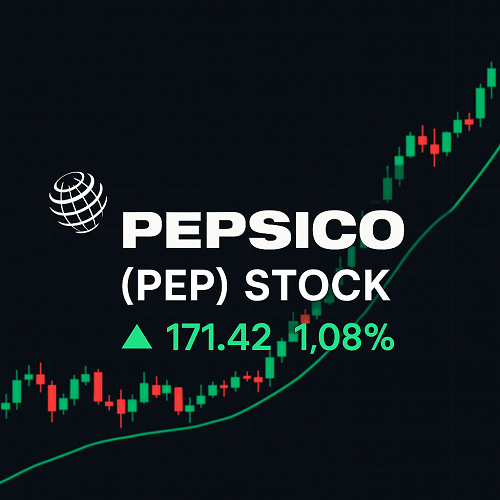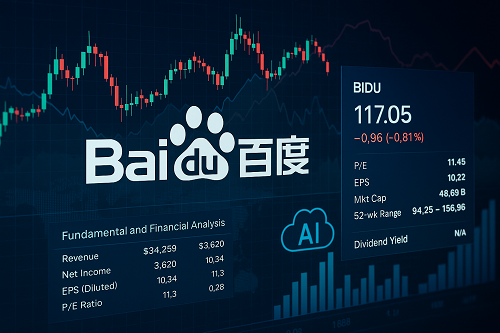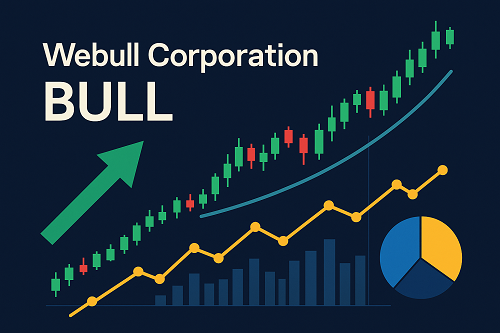PepsiCo, Inc. (NASDAQ: PEP) is a global leader in beverages and snack foods — offering a unique blend of brand resilience, global diversification, and steady dividend history. For traders and investors seeking large-cap exposure in the consumer staples sector, PEP presents both strengths and headwinds in 2025. In this article we provide a full breakdown of its business model, recent financials, valuation metrics, competitive positioning, key catalysts and risks, and a strategic view for traders and investors.
Company Snapshot & Business Model
Corporate Profile
- Founded via the merger of the Pepsi-Cola Company and Frito-Lay, Inc., PepsiCo is headquartered in Purchase, New York.
- It operates in more than 200 countries and territories, serving beverages (Pepsi, Mountain Dew, Tropicana, Gatorade) and snacks (Lay’s, Doritos, Cheetos, Quaker) among many other brands.
- The company is listed on the Nasdaq exchange under ticker PEP.
Business Segments & Revenue Streams
- The business is structured across key geographical & product segments (e.g., Beverages North America, Frito-Lay North America, Quaker Foods, Latin America, Europe, AMESA, APAC) according to its filings.
- Snack foods (Frito-Lay, Quaker) and beverages provide complementary revenue streams—snacks often carry higher margins while beverages deliver scale and global reach.
- The global footprint helps mitigate regional slowdowns, but also exposes the company to currency, supply-chain and commodity cost risks.
Key Brands & Competitive Moat
- Iconic brands include Pepsi, Lay’s, Doritos, Cheetos. These enjoy strong brand recognition and shelf-space advantages.
- PepsiCo’s moat includes brand equity, scale (manufacturing/distribution), global network, and a diversified portfolio.
- The shift toward “better-for-you” snacks and beverages (healthier options) is a strategic focus. Recent moves show acquisition of newer brands in the health/wellness space (see Section 6).
Recent Financial Performance & Valuation
Financial Snapshot
- According to multiple financial data sources, PepsiCo has large asset and revenue bases.
- Example: Analysts note the company delivered ~$73 billion in cash to shareholders via dividends and repurchases over the past decade.
- As of recent filings, the company’s market cap is around ~$195 billion.
Valuation Metrics
- Current P/E, P/B, P/S and other relative valuation ratios place PEP at modest premium/discount relative to peers.
- Given its stable business and dividend, investors often treat PEP more like a “bond-plus” rather than high-growth equity.
Dividend Profile
- PepsiCo has a long history of dividend payments and increases, which appeals to income-oriented investors. For example, a recent 5 % bump in the annual dividend was announced.
Strategic Strengths & Opportunities
Global Diversification
- Because PepsiCo operates across geographic regions and product lines, it is less exposed to single-market shocks than more regional players.
- Emerging markets offer substantial growth potential as middle-class consumption expands.
Brand Innovation & Healthier Portfolio Shift
- The company is actively acquiring brands targeting healthier consumer trends (e.g., the acquisition of the pre-biotic soda brand Poppi in 2025).
- Investing in “better-for-you” snacks and beverages may allow PepsiCo to capture younger consumer segments, combating soft drink volume declines.
Cash Flow & Shareholder Returns
- A strong cash flow profile supports dividends and share repurchases, which can drive total shareholder return even in moderate growth environments.
Risks, Headwinds & Strategic Challenges
Volume Pressure & Changing Consumer Habits
- In some core markets (notably North America) snack and beverage volumes have been under pressure. For example, consumers have cut back on salty snacks and traditional sodas.
- Shift to premium, health-conscious, and low-sugar options is accelerating; PepsiCo must adapt its portfolio accordingly.
Supply Chain, Commodity & Trade Issues
- Costs of commodities (oil, sugar, corn, packaging) and logistics are a major input for the business. In 2025 the company cited tariffs and supply-chain cost increases as reasons for lowering profit guidance.
- Global trade tensions or currency headwinds may impact margins.
Moderate Growth Trajectory
- Because PepsiCo is a mature company, large‐scale double‐digit growth is unlikely. Expect moderate, low‐single‐digit organic revenue growth from many markets.
- Investors seeking high-growth returns may favor other sectors; PepsiCo is better suited for stability, income, and defensive positioning.
Outlook & Catalysts for 2025 & Beyond
What to Watch
- Organic Revenue Growth: Management expects low‐single‐digit organic revenue growth in the near term.
- Margin Improvement: With cost pressures, margin expansion will depend on efficiencies, pricing power, and cost control.
- Health/Wellness Product Roll-out: The success of newer acquisitions (like Poppi) and reformulation of core products will determine how well PepsiCo remains relevant.
- Dividend & Buybacks: Continued commitment to shareholder returns will matter for investor sentiment.
- Global Execution: Growth in emerging markets and international operations may offset sluggish mature markets.
Scenario Outlook
- Base Case (most likely): Moderate growth (2-4 % organic), steady dividend growth (~5 %), stable margin, market continues to reward the brand equity.
- Upside Case: Successful health-snack/beverage pivot + margin expansion + emerging market acceleration → modest beat of growth expectations.
- Downside Case: Persisting consumer weakness in core markets + cost inflation + failure to adapt → revenue/margin stagnation or decline, potential dividend pressure.
Trading & Investment Considerations
For Long-Term Investors
- PepsiCo is suited for income-oriented portfolios, looking for defensive exposure with a well-recognized brand.
- Dividend growth and share-repurchases offer total return even in low‐growth markets.
- Less suited for those seeking explosive growth; consider it as a “slow-grower, low‐volatility” choice.
For Traders
- Because PEP is a large-cap, relatively liquid stock, it fits well as a stable holding—but short-term upside may be limited compared to higher-beta names.
- Trigger events could include earnings surprises (positive or negative), major acquisition announcements, commodity cost shifts, or broad market rotation into/away from consumer staples.
- Watch for ephemeral sentiment swings: consumer staples often trade on risk-off flows—if markets turn cautious, PEP may benefit; if inflation/policy-driven growth risk improves, staples may lag.
Valuation Entry Points
- Use P/E relative to sector peers (consumer staples), dividend yield vs. bond yields, and cash-flow yield as benchmarks.
- A dip in price due to margin worries or volume softness could present a tactical buying opportunity for long-term oriented investors, assuming fundamentals remain intact.
Conclusion
In sum, PepsiCo (PEP) offers a compelling mix of brand strength, global diversification, and income generation — making it a solid choice for investors prioritizing stability and yield. However, in 2025 and beyond the company faces meaningful headwinds: slower growth in mature markets, evolving consumer preferences, and cost pressures. To outperform, PepsiCo must successfully pivot toward healthier snack and beverage offerings, rein in costs, and accelerate growth in emerging regions.
For traders, PEP may not deliver explosive upside, but it can serve as a cornerstone holding in a diversified portfolio—especially when broader economic or market uncertainty favors defensive, high-quality names.
Bottom Line: If you’re looking for a blue-chip consumer staples pick with reliable dividends and global reach, PepsiCo is worth considering. But if you’re hunting for high-growth, high-return opportunities, you may want to allocate only a partial position and balance with more growth-oriented holdings.





 XAUT-USD
XAUT-USD  AMD
AMD  MARA
MARA  SHOP
SHOP  BULL
BULL  CL=F
CL=F